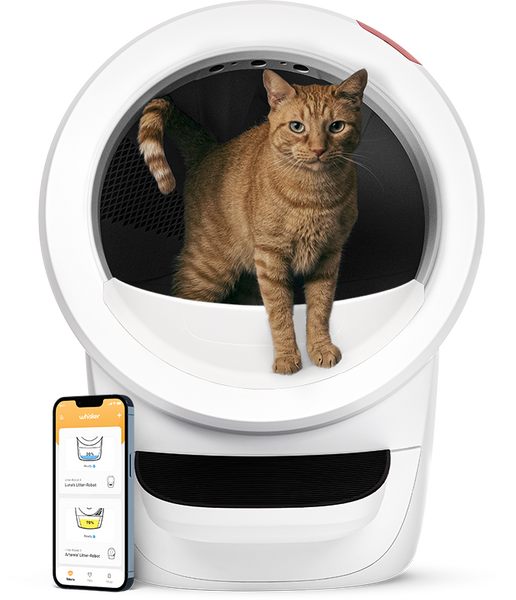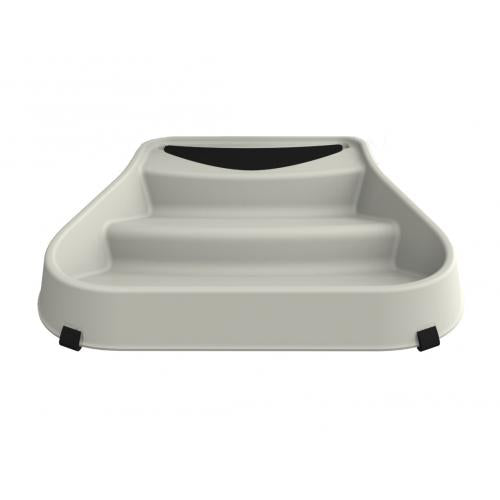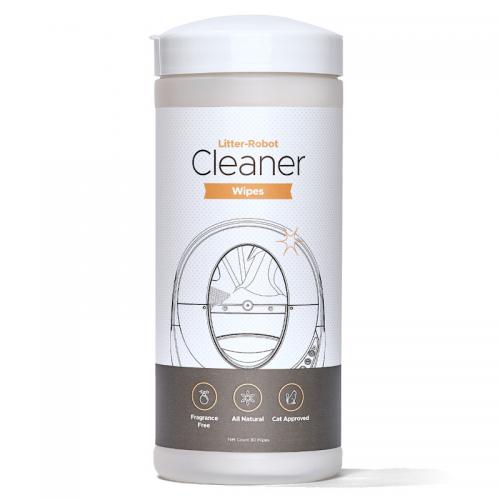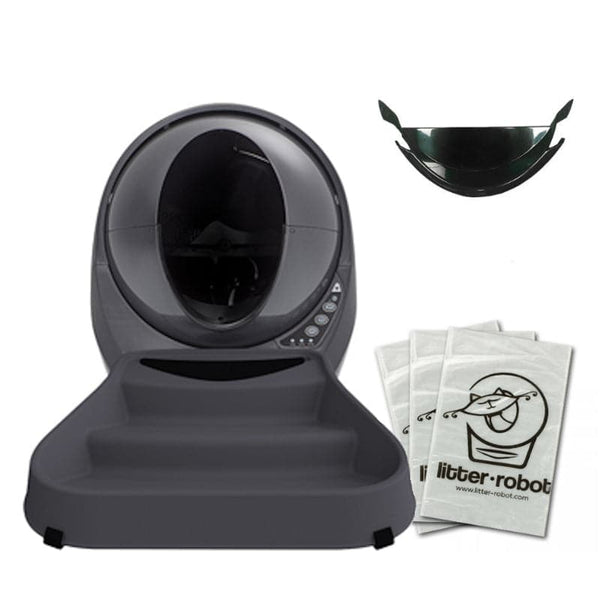Playful, affectionate, and independent, you already know cats make great pets. It takes time and effort on your part to keep your cat hale and hearty, and honestly, it’s well worth it. Keeping your cat happy and healthy not only ensures a strong bond between you and your loyal fur-friend, but it can also help promote longevity for many great years together. Felines have managed to accommodate well to our busy modern lifestyle, tolerating little time spent due to our hectic work schedules. Therefore, take time out for your fur-buddy and spend it well to enjoy and grow your bond. Cats are generally meticulously clean by instinct and they don’t require the same time and effort any other pet needs. They are easier to take care of, however, depending on the age and habits of your kitty, certain essential measures are needed to help your cuddle-buddy to remain clean and healthy.
ROUTINE GROOMING
Cats are exceptionally meticulous by nature. Cats are recognized for efficient self-grooming, and you have undoubtedly observed your fluffy friend cleaning itself. Your kitty can take care of itself very well. But sometimes, you may need to intervene if it's apparent your cat is needing a little help from you. Whether your cat is short-haired or has a beautiful long mane, it will need to be brushed or combed regularly. Regular brushing removes loose hair from the coat, avoiding ingesting and hairball issues and your feline friend will feel fresh and look its best after a sound grooming session. It also provides you with the opportunity to observe any physical changes to its body, such as lumps, bruises, or irritated spots.
Image Source: Google Images
If your pet kitty is short-haired, a grooming session once per week would be sufficient. Tools may include a fine-toothed comb to remove fleas, a bristle brush, rubber mitten or a damp piece of cotton. Use the comb to look for flea dirt. Use your fingers to loosen hair knots (dematt) by stroking in the direction of the kitty's head after that use the brush from the head down to the tail tenderly. The brushing also stimulates the blood supply to the skin of your kitty. Remove fur-hair with the damp piece of cotton. As for longhaired kitties, you need to groom them at least once daily. Use a wide-tooth comb, rubber mitten, or a grooming pad. Start the grooming session by massaging the skin thoroughly by gently brushing your fingers against the hair growth from tail to head, checking for the flea. Then use the wide-tooth comb to remove loose hair, taking extra care of the sensitive skin of your kitty after that use the rubber mitten to remove remaining hair and do a final sweep over the cat's coat with the damp piece of cotton. Make sure to clean your cat’s paws too. Brush your cat’s teeth daily, most feline parents are unaware of the fact that cats benefit from regular cleaning of the teeth. Once a year (at least) take your cat to the veterinarian for a thorough dental examination. If your cat shows any signs of restlessness, pause, and continue when your cat feels relaxed.
Grooming sessions should be fun for the both of you, so be sure to schedule them when your cat feels relaxed, possibly after eating, and note a little patience can go a long way. If your cat is stressed out or does not feel at ease, pause the session. You do not want your kitty to associate feelings of uneasiness with it. When starting out, keep the grooming sessions short, 10 minutes would be quite enough. Increase the time gradually until your fluffy friend is used to the routine. When you are done pampering your kitty, shower it with extra praise and a little treat to let it associate happy feelings with the session.
PROVIDE APPROPRIATE DIET
There are primarily three essential attributes to analyze when deciding what to feed your cat: high levels of protein, low levels of carbohydrates, and high water content. Make sure that the proteins are the animal-based because cats are strictly carnivores. They are meant to get their protein from meat and not plants. A lot of people feed dry food to their cats because it's simple to handle, convenient to use, and relatively clean. You only have to plunk down your kitty's kibble and let the cat eat as it may like. But what many people don't understand is, while a cat can thrive on dry food intake, it is nutritionally sub-optimal compared to other accessible options. Cats have no dietary needs for carbohydrates. An increased amount of these can affect your kitty’s blood sugar levels. The non-protein elements of dry foods act as little more than filler which is not optimum for your kitty's health. Therefore always consult the vet and check the label on your cat's food before you buy it. Dry foods are composed of 7% to 10% water content only, whereas the canned foods comprise of nearly 78% water. When the diet is mostly dry, it can lead to dehydration in cats. Therefore, canned and moist foods are better fitted to meet your cat's nutritional needs and should be part of the feeding schedule. If your cat is used to eating dry kibble, switching to other foods can take time. It's best to introduce any new food type mixed in with the regular food a little at a time, till you can completely transition to the new food. You can try adding tuna water to make new food more appealing and appetizing to your kitty. When you sit down to eat, and your cat asks for food, hold the urge to feed it however adorable it may look. Some human foods like onions, garlic, chocolate, nuts are unsafe for cats and can make them sick.
It is a good idea to devise a feeding schedule for your pet fluff ball. Keep separate bowls for food and water. Make sure your pet kitty is well-hydrated and has access to fresh water. Typically two meals a day, about 8 to 12 hours apart are considered to provide adequate sustenance. Your cat's vet can instruct you how much it should eat every day based on its size and activity. It's best not to leave a bowl filled with food sitting out all day. It can mean your cat may choose to eat as much as it can, which might make it over-weight. There are automatic dry food feeders available that can make regular feeding easy, and keep your kitty satisfied regardless of your own time schedule. Teamed with a filtered water fountain, your kitty can have its basics well satisfied and you can both enjoy more bonding over the extra, wet food feeding when you are available, ensuring a better balance to the diet.
LITTER BOX SHOULD BE KEPT CLEAN
If you have a cat that stays indoors owning a litter box becomes a necessity. Cats are inherently clean animals and like to have their business well contained and attended to. You need to be mindful of your cat's need for privacy in all things about doing their business, therefore, place the litter box in a peaceful, isolated place. They will not want to use a dirty litter box and will go about their business in unusual places around the house. If you start to notice such behaviour, you must pinpoint the reasons associated with this behavioural change in your cat. The most common reason why your cat may not be using the litter box may have to do with how often you wash it. Therefore, you should try to clean the litter box as often as possible. Scoop the litter box twice a day and replace the litter frequently. Scrub out the box with a mild soap at least once a week. Do not use scented antibacterial soaps to clean the litter tray. Sprinkle a bit of baking soda in the fresh litter or use a charcoal filter to address the odour problem. Replace your litter box every year. Keep in mind that it should be spacious for the cat to move freely and bury its waste. Cats are very meticulous, so you'll want to keep the litter box clean to encourage your kitty to use it.
Some cats are very comfortable about sharing their litter boxes. Others may not allow any other cat to use it because cats can be quite territorial. It is advised to give each kitty its own litter box if you have more than one cat. As a lot of kitties prefer using separate boxes to defecate and urinate, you may want to consider getting an extra litter box. Do not forget to make sure you provide sufficient lounging spaces for every pet. If your budget allows and your work schedule is too busy, an automatic litter box may be a great option for keeping your cat's litter box clean and fresh.
REGULAR VET VISITS
The average lifespan of a domesticated indoor cat is around 14 years old while an outdoor cat only lives around for an average of 10 years. Your homebound furbaby may not meet many of the risks common to other cats. She will still, regularly, need to see the vet. As a kitten, your snuggly friend will need to go for a vet visit once every month until they are four months of age to get their mandatory vaccinations. It is advisable to spay (female) and neuter (male) your cats while they are still young. There are many medical and behavioural advantages to spaying and neutering your pets, such as:
- Your female kitty will live a longer, healthier life. Spaying helps prevent uterine infections and malignant/cancerous breast tumours in about 90 percent of cats. Spaying your pet before while it is still a kitten may protect it from such ailments.
- Neutering your male snuggle buddy prevents some prostate problems and testicular cancer.
It is ordinarily thought safe for kittens as young as eight weeks old to be spayed or neutered. In animal shelters, surgery is performed so that kittens can be sterilized before adoption. To avoid the start of urine spraying and eliminate the chance for pregnancy, it's advisable to schedule the surgery before your kitty approaches five months of age. Once kittens reach adulthood (1-year-old), they will have to pay regular vet visits every six months to a year. You need to take your pet cat for a routine checkup to vet even if it seems perfectly well.
Cats tend to hide their illnesses so you may not be able to pick up on them. A yearly or biannual checkup will make your kitty's veterinarian aware of its normal behaviour. It will make it relatively easy for him to give out an earlier diagnosis in case of any behavioural changes. Kitties between seven(7) to ten(10) years of age are deemed to be mature and should see the vet twice a year. If your cat is a senior (over ten years old), take it to the vet every three months. If your kitty is more than fifteen(15) years old, it is considered geriatric and needs intensive care. Older kitties, even those that live indoors, are prone to problems such as kidney or liver issues; therefore, they require careful monitoring by a veterinarian.
MAKE YOUR HOUSE KITTEN-FRIENDLY
When you become a parent to a new pet kitty, kitten-proofing your house is vital so your new feline friend doesn't eat or scratch anything she should not be. If you're embracing an older cat in your life, it may be less playful, though you may still want to analyze a few ways to cat-proof everything around your house for this particular resident. Whether your cat is young or old and wise, it's hard to learn all the house rules at once. Kittens are quite active and curious by nature. It might avoid the wires or random objects on the floor, but be highly interested in scratching furniture or jumping up the mantle shelves. It may scoff at the water bowl and sip from the sink. Houseplants add greenery and a fresh feel to your home, but be cautious of what your kitty has access to. A few of the harmful plants that could make your fluffy friend unwell with regular exposure include Philodendron, Mistletoe, and Lillies. Garden plants such as Azaleas and Daffodils are toxic for cats. Therefore, make sure the flowers you grow at home or maybe get a bouquet of are safe for your pet kitty to be around. Cats are innately curious beings; closing a cabinet door doesn't mean your feline friend will stay out. Consider purchasing childproof locks and shut the doors of the cabinet that contain medicines. Make the transition to a new home more comfortable for your kitty by keeping it in a little cat-friendly room temporarily while it is still learning. Allow it access to the rest of the house gradually as it becomes customary to the rules. When letting it free to roam around, and explore the new environment around it, make sure to keep a keen vIgilant eye on it at all times. If it wants to enter into an area that you notice might be unsafe for it, take the necessary measures and precautions to keep it safe. It's crucial to redirect your kitten while addressing any safety concerns in a gentle, affectionate manner. Proper training and rewarding for good behaviours will help your kitty learn what satisfactory and acceptable behaviour is. If you notice your cat is a little grouchy, let it be busy with its toys. Have the same patience you would show with your child, and your bond with your fluff ball will grow stronger. Cats are characteristically high-spirited and curious, and playtime stimulates both their minds and their bodies. Playing keeps your cat healthy, lets it channel and develop senses, and wards off monotony. The code to set up a fun playtime is to find the right game or the right toy that amuses your cat. Spend time with your cat and use interactive toys to get your cat interested. Leave out woollen balls and other toys for playing during the day. Felines are instinctive hunters, so anything they can chase and pounce on (for instance, a toy mouse) will usually do the trick. Because of their amiable nature, many people assume they might not need as much attention as other pets do. As much as cats are not very social they still want their human’s time and affection particularly while they are still young. A kitten needs to acquire socialization skills to fit in. If there are no other cats (or other pets) to play with, you will have to make time for it. According to research, unsocialized cats can develop anxiety, aggressiveness, and a fear of unfamiliar people. So, teach your kitten to be social while they are 3 to 9 weeks old. Because if they miss out on this significant step of development, they may never learn how to communicate with humans properly and may never adequately trust them. Experts advise scheduling to spend some time with your cat at least two or three times a day. Mornings can be a great time to play with your kitty but if your mornings are too hustling, then the next best time is after you return from work (evenings or nights). You don’t need to spend hours playing, around 10-15 minutes a day are quite enough. Looking after your pet feline is your responsibility. Little efforts go a long way; therefore, get your kitty familiarised with its surroundings, the rules around the house when it is still young. Cats are very loyal to their masters, and winning their trust over can give you a fluffy snuggle mate for life!










